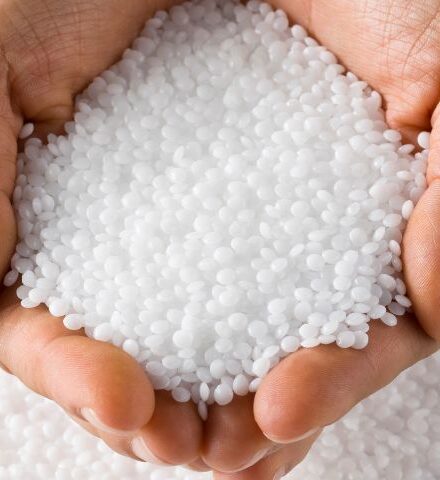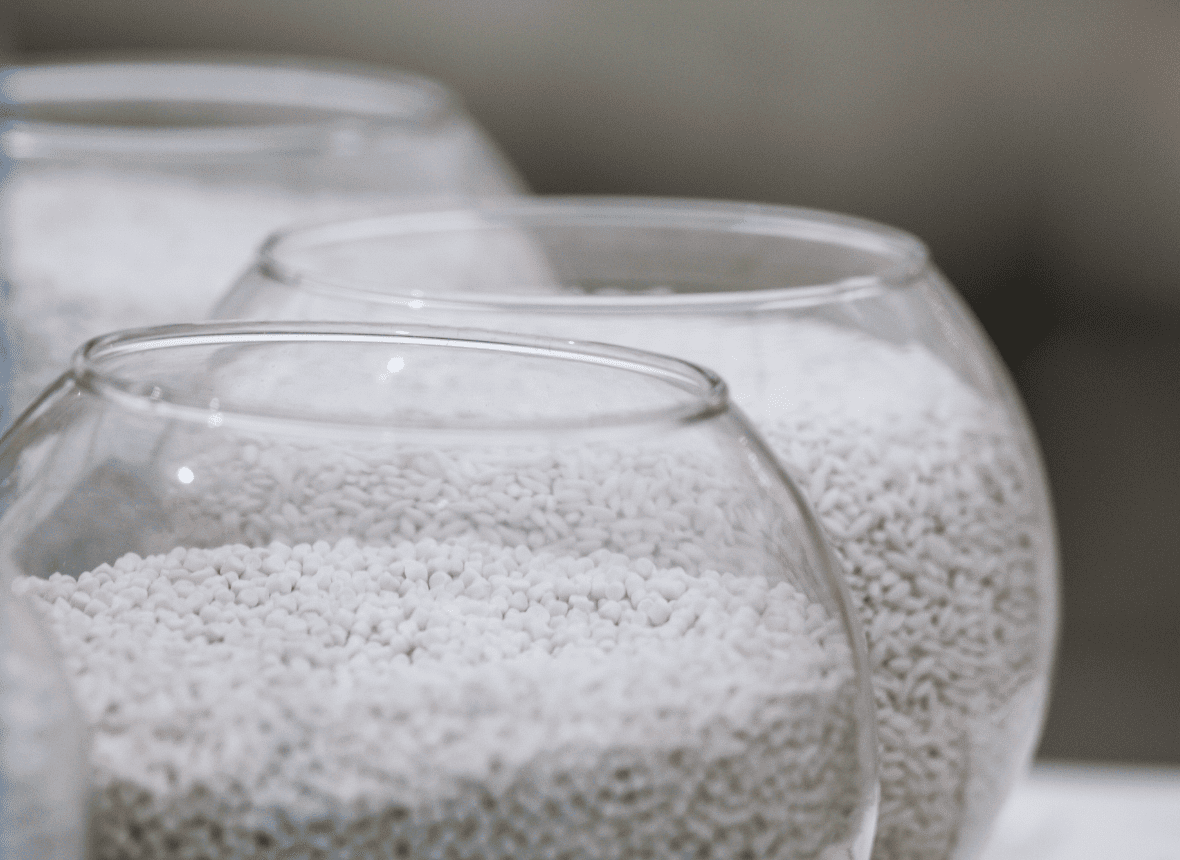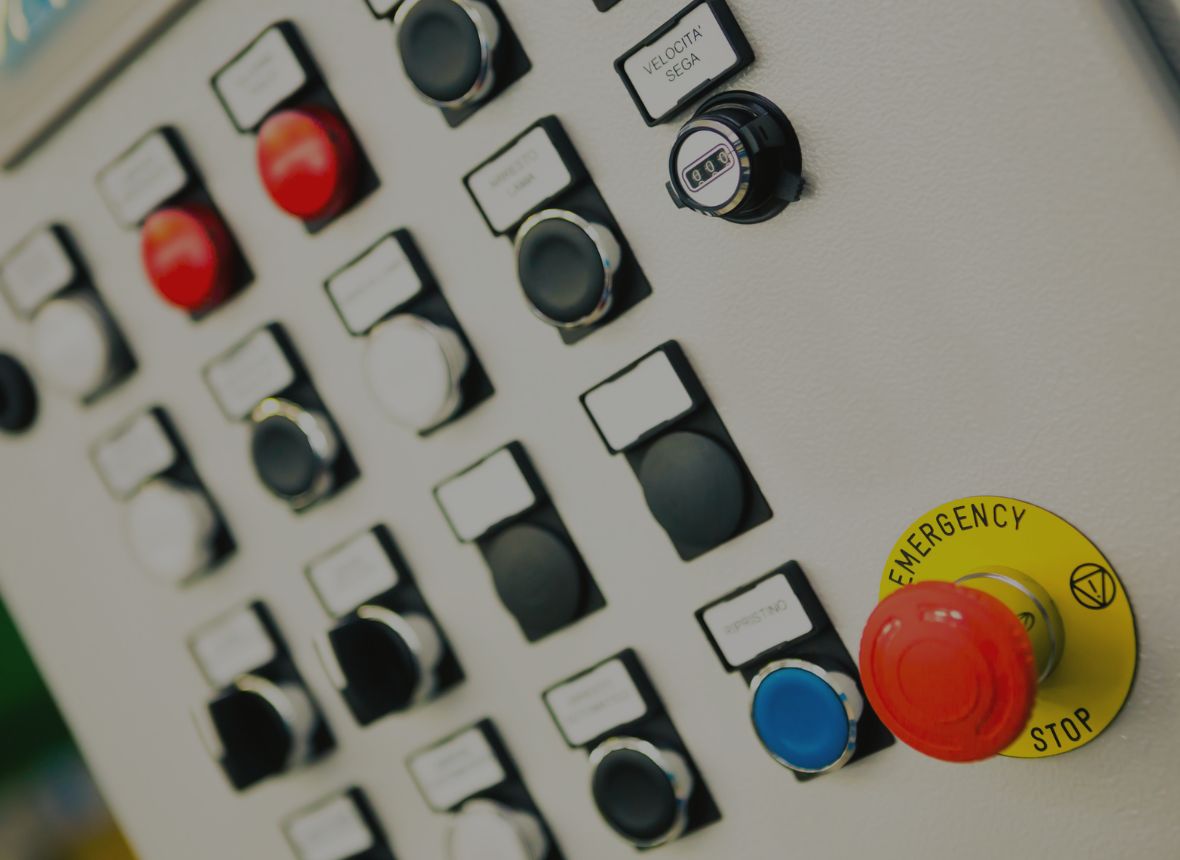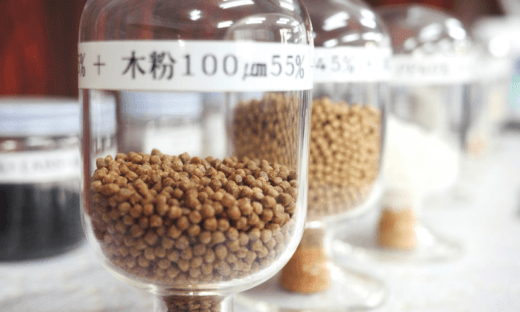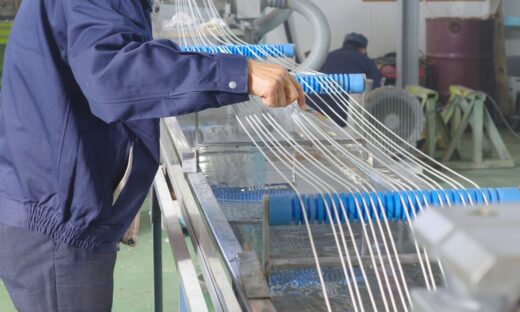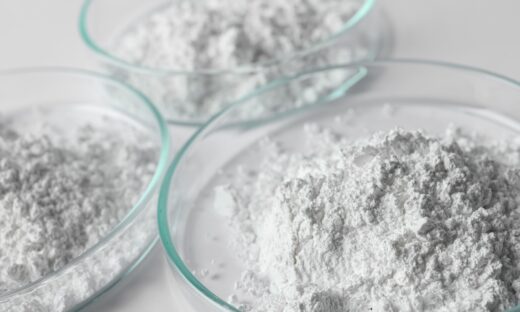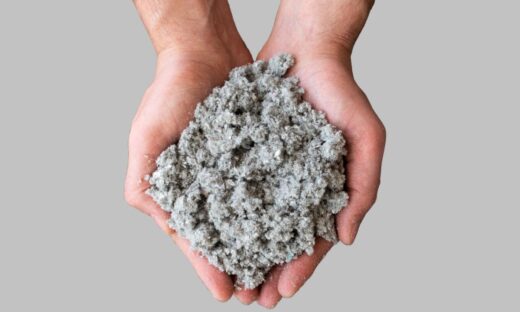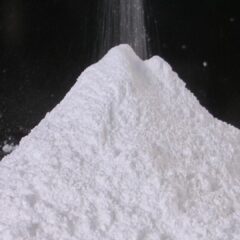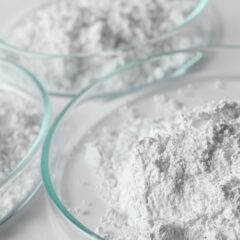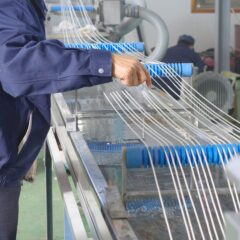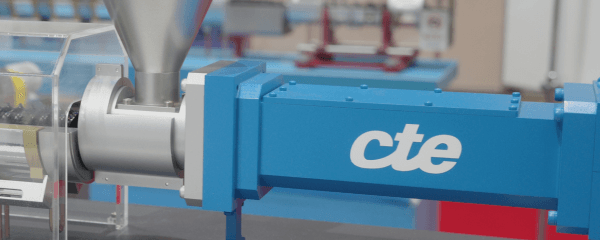Optimization of Extrusion Process for Fine Talc High Filler Compounds
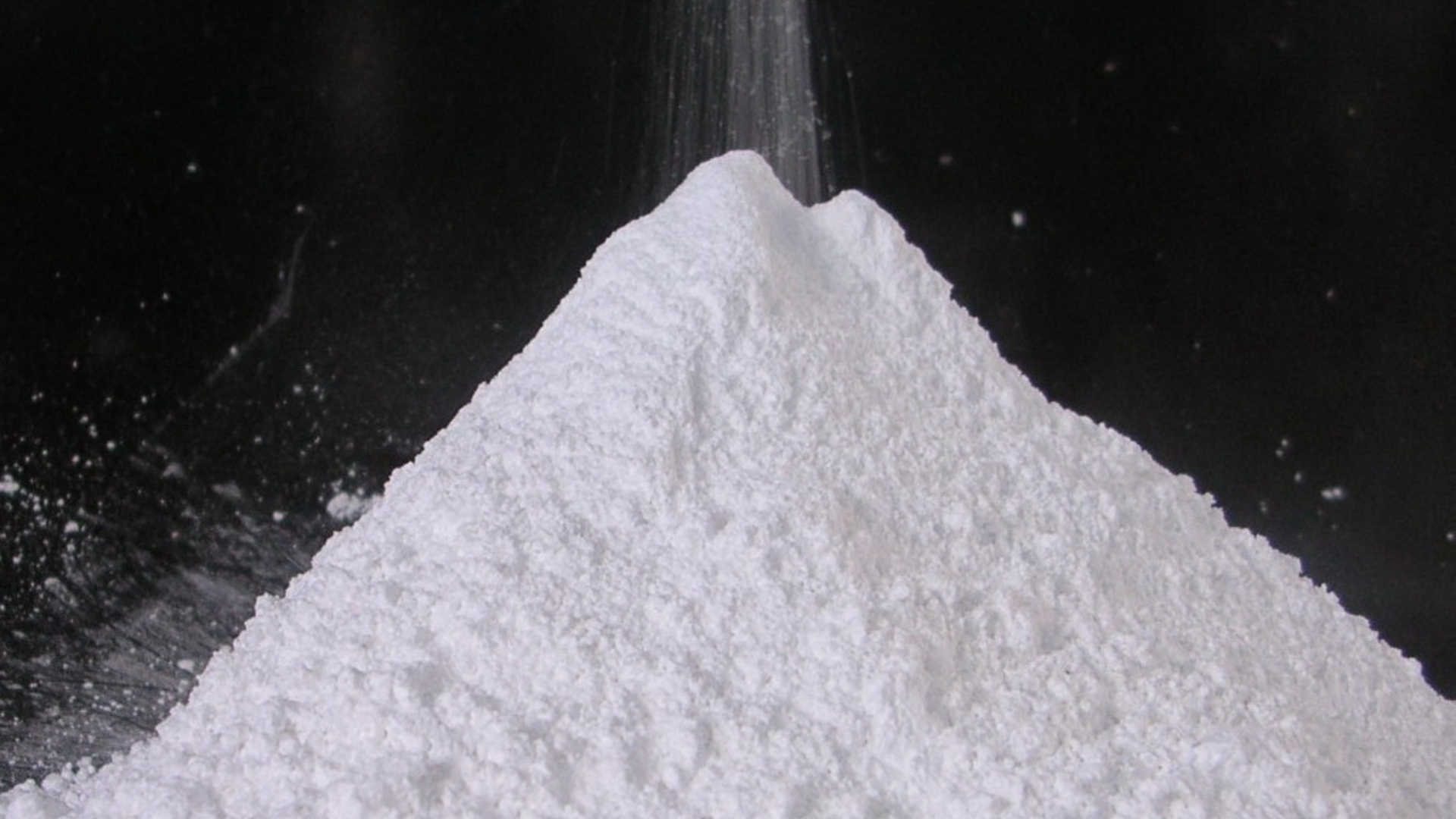
Low bulk density fillers like fine talc often present challenges in twin-screw extrusion, such as feed necking, poor dispersion, and unstable output. These issues become more pronounced as the particle size decreases, requiring advanced extruder design and process control.
To address these challenges, CTE conducted extrusion trials using the HTM Tandem Compounding Twin-Screw Extruder. This article shares the results of those tests and highlights the machine’s advantages in processing high filler formulations with fine talc.
Challenges in Conventional Processes & Test Objectives
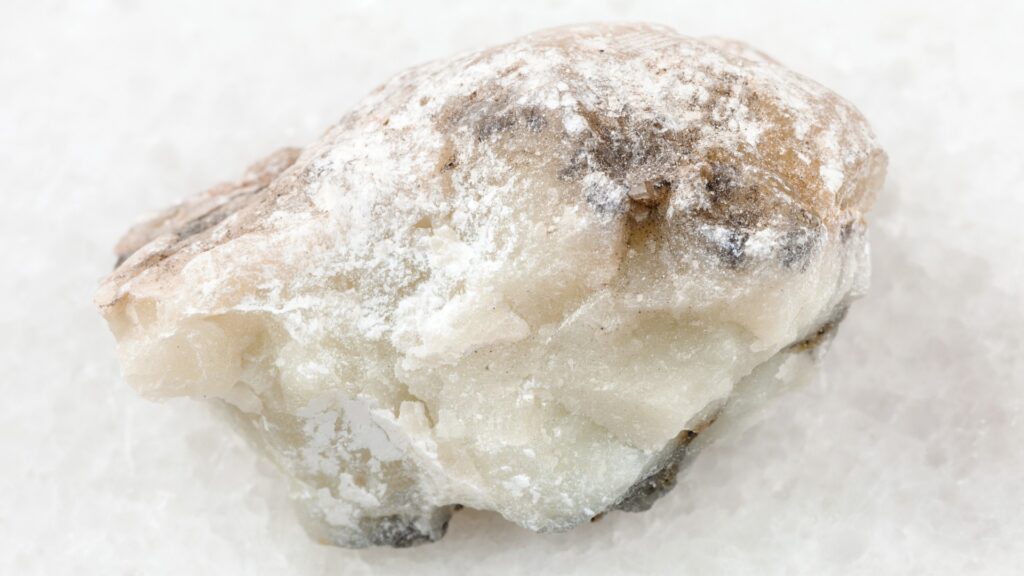
In conventional setups, low bulk density fillers like fine talc are difficult to feed directly into the extruder. Pre-mixing with resin using a gelation mixer is often necessary to stabilize throughput. However, this traditional method comes with several drawbacks:
Issues in Conventional Gelation Mixing:
1. Unstable gelation conditions – especially with high-resin formulations where the process window is narrow.
2. Poor dispersion with low MFR resins – difficult to fine-tune mixing conditions.
3. Discoloration and degradation – due to extra thermal history during pre-mixing, worsened by increased surface area from fine fillers.
This study investigates whether the HTM Tandem Extruder can eliminate the need for gelation, enabling direct compounding while maintaining stable quality.
Advantages of the HTM Tandem Extruder:
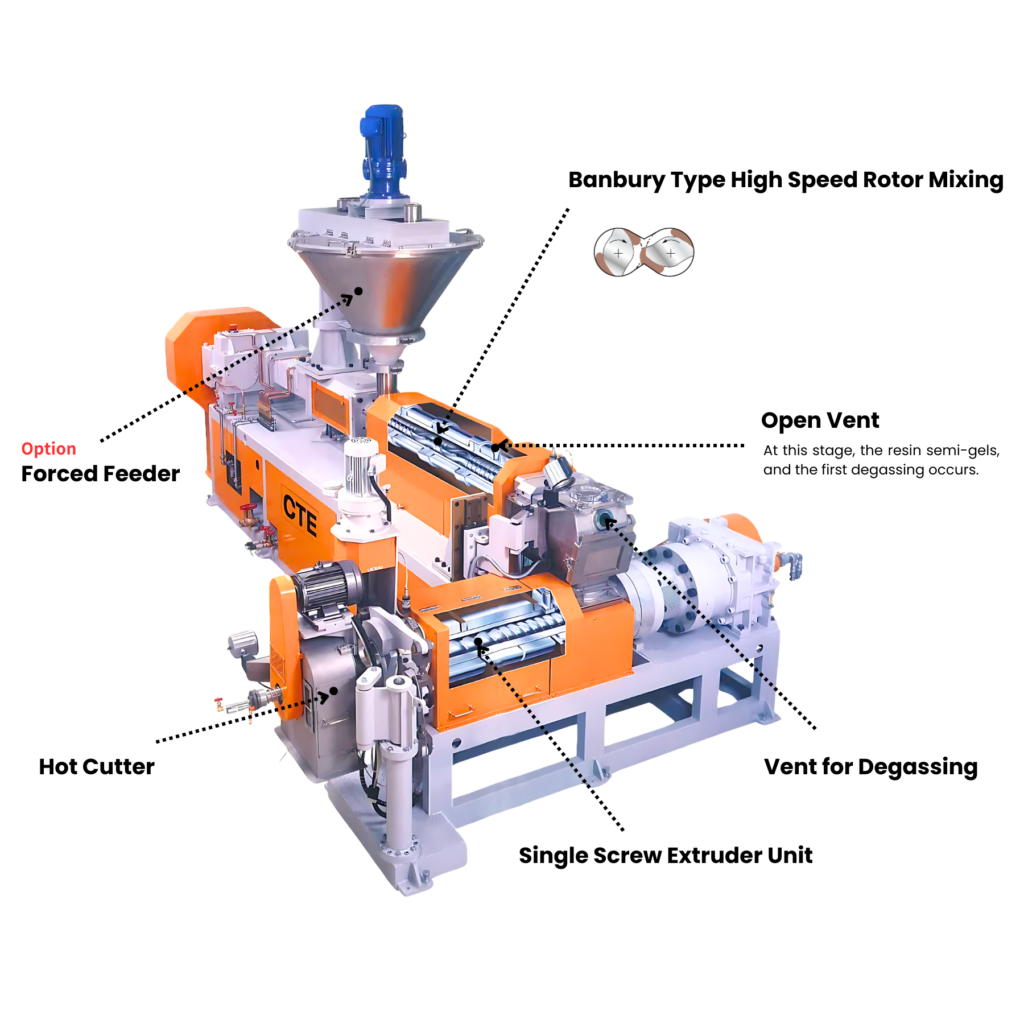
1. Open-ended twin-screw section reduces pressure build-up and thermal degradation.
2. Independently driven single-screw section allows lower temperatures and better control of resin melt.
These features help simplify the process by allowing direct compounding within the extruder, improving productivity and material stability.
Test Overview

Test Machine: HTM-38 Tandem Compounding Twin-Screw Extruder
Formulations: ① HDPE (MI = 0.35) + Talc 60 wt%② PP (MI = 30) + Fine Talc (5 μm) 80 wt%
Evaluation Criteria: Throughput, dispersion, and mesh clogging
Test Result
Recipe ① (HDPE + Talc 60 wt%)
・Max Throughput: 102.2 kg/h (target achieved)
・Mesh Condition: No tearing or clogging after 1.5 hours
・Pellet Appearance: Excellent. Higher throughput improved whiteness (reduced residence time)
While conventional equipment often suffered from mesh clogging, the HTM Tandem provided stable output with better quality control.
Recipe ② (PP + Fine Talc 80 wt%)
・Max Throughput: 101 kg/h (target achieved)
・Mesh Condition: No tearing or clogging
・Pellet Appearance: Excellent. Same correlation with whiteness and throughput as Recipe ①
Although 80 wt% was processed smoothly, attempts at 85 wt% resulted in surface roughness and venting issues. Rotor and temperature design adjustments may improve performance further.
Summary
The HTM Tandem Compounding Extruder demonstrated strong performance in processing high filler formulations:
・Eliminated need for gelation pre-mixing
・Supported direct compounding of fine fillers and low MFR resins
・Enabled stable throughput and dispersion even at 80 wt% loading
With further optimization of screw design and process conditions, even higher throughput and filler loading (85 wt%+) may be achievable.
Technical Support from CTE
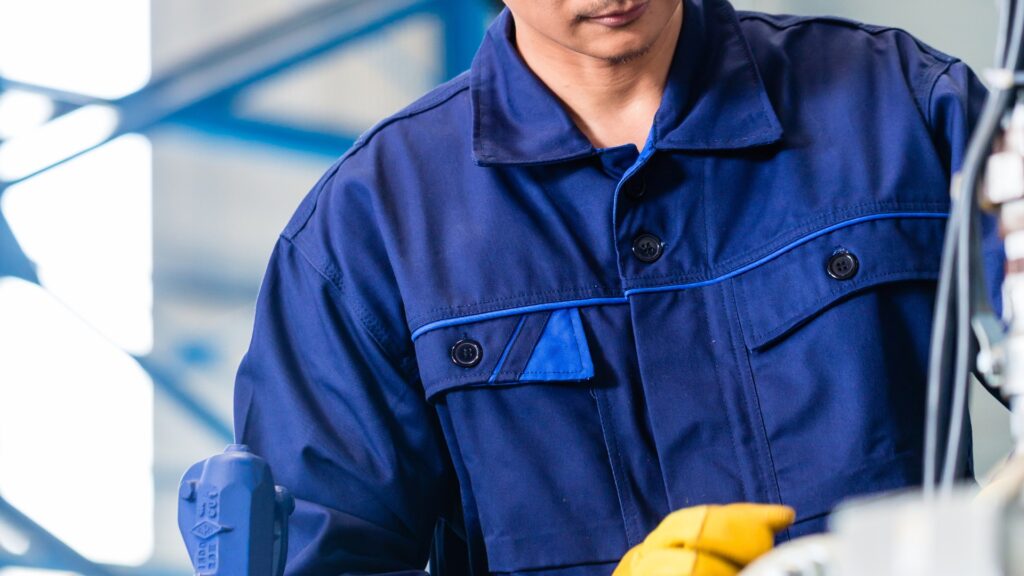
CTE offers test and analysis services for a wide range of materials, including high filler compounds, recycled materials, and biodegradable resins. Contact us to find the ideal extrusion conditions for your specific formulation!




